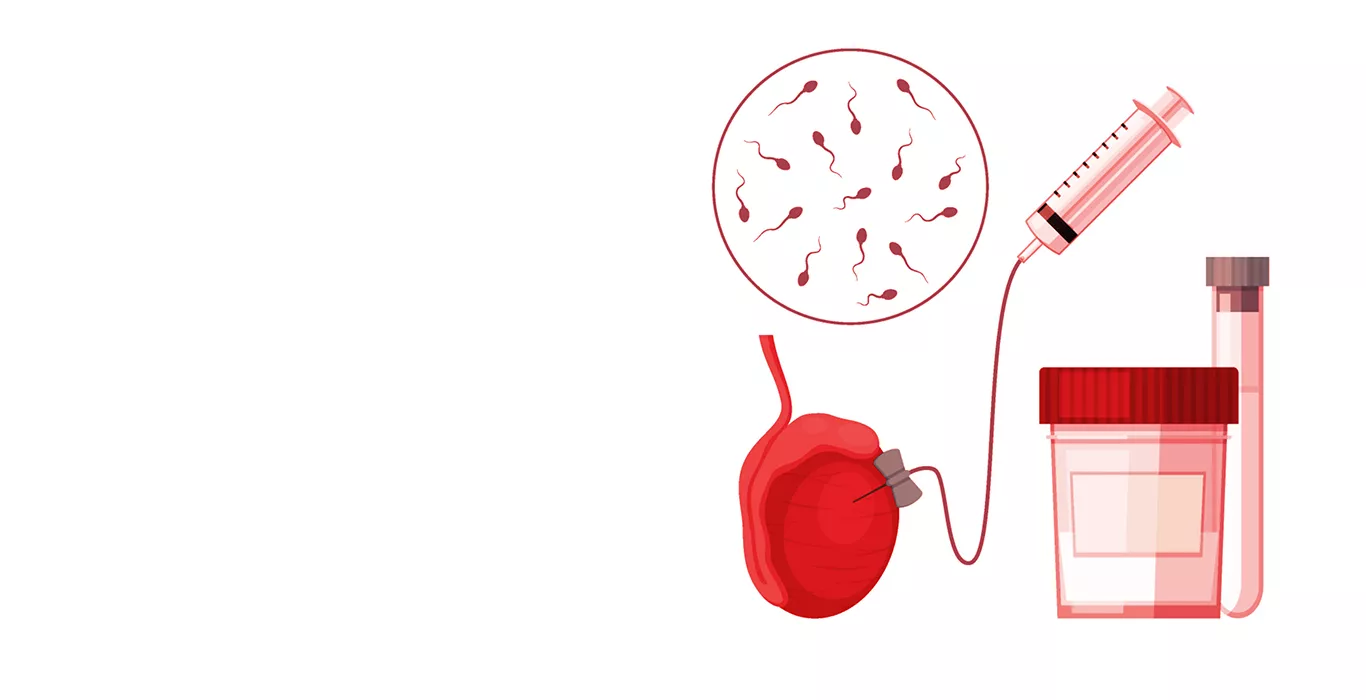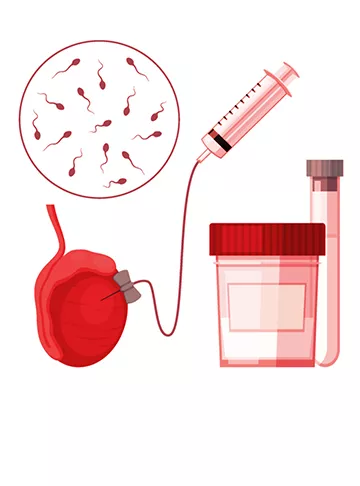What is DFI?
The Sperm DNA Fragmentation index (DFI) is a measure of the damage to the DNA, the genetic material of the sperm.
Thus, it is a crucial tool for detecting potential sperm damage and evaluating semen quality.
Presence of fragmented DNA in the sperm has been shown to affect male fertility potential and development of the embryo.It can also be a cause for IVF failure and recurrent miscarriages. High DFI is generally seen in men with advanced age, inflammation of the external genitals and varicocele, unhealthy lifestyle habits such as smoking and alcohol consumption, and environmental radiation and pollution.
Sperm DNA Fragmentation – Around 50% of most conditions of infertility could be connected to a male element. A semen evaluation that calculates sperm concentration, motility as well as morphology is classically long been utilized like the gold standard evaluation for deciding a man’s fertility. In spite of this, this evaluation will not give any specific details about the genetic structure of the sperm, which is important for normal embryo growth.
Pregnancy Calculator Tools for Confident and Stress-Free Pregnancy Planning
Get quick understanding of your fertility cycle and accordingly make a schedule to track it
Get a free consultation!















